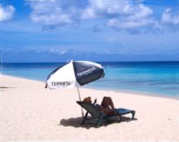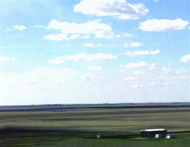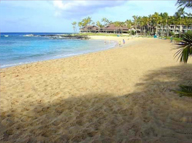August 3, 2017 | Stephen Fine, Founder and President
Indirectly Speaking: The Impact of Secondary UV Exposure
Even among those who make a concerted effort to practice sun-safety, there remains a tendency to forget about the impact that secondary, or indirect, sun exposure has on our skin.
If there’s a choice to stand in the sun or in the shade, certainly the latter is preferred. But shade alone isn’t nearly enough to keep us adequately protected from harmful UV rays. Also, the amount of protection shade provides can vary substantially based upon factors such as the object(s) providing it, your location, time of day and the environment around you.
The singular point to remember most is that it’s still very possible for us to incur significant sun skin damage- even while fully in the shade.
There are multiple scenarios within which we may not realize the actual amount of UV rays to which we’re being subjected.
With that in mind, we would like to focus on three important types of indirect sun exposure; Reflected, Scattered and Diffuse.
Reflected
Reflected is pretty much just what it sounds like. UV rays reflect off many things such as sand, snow, concrete, water, asphalt, ice and light surfaces; among others. So even if you’re sitting or standing under an umbrella (or parasol), or a tree(s), et cetera, your skin is still absorbing the rays being reflected onto it.
Scattered
UVB rays emanate from our sun, and then once they’re within our atmosphere they can be “scattered” throughout the sky at a higher volume than we realize. If you are outside in a shaded area but can see blue sky, you are receiving scattered UV radiation.
Diffuse
Many people have the misconception that if it’s cloudy, hazy or overcast outside, they have a natural protection from sun exposure. Unfortunately, that isn’t true. And thinking that it is can lead to severe skin damage. The truth is that hazy sunlight may expose your skin to even more UV radiation than sunlight on a clear day.
Myth-cellaneous
Within this article we’ve shed some light (no pun intended) on a few of the biggest myths that people believe about skin damage; such as that you cannot get sunburned in the shade or in the haze.
However, to highlight those points, here are four pictures of common scenes at which one would be impacted by indirect sun exposure when you are in shade:




Please keep in mind that even if we’re unaware, the sun’s harmful rays will always be there.
*Additional information sources: Sunsaferx.com, Abc.net.au, Skincancer.org
